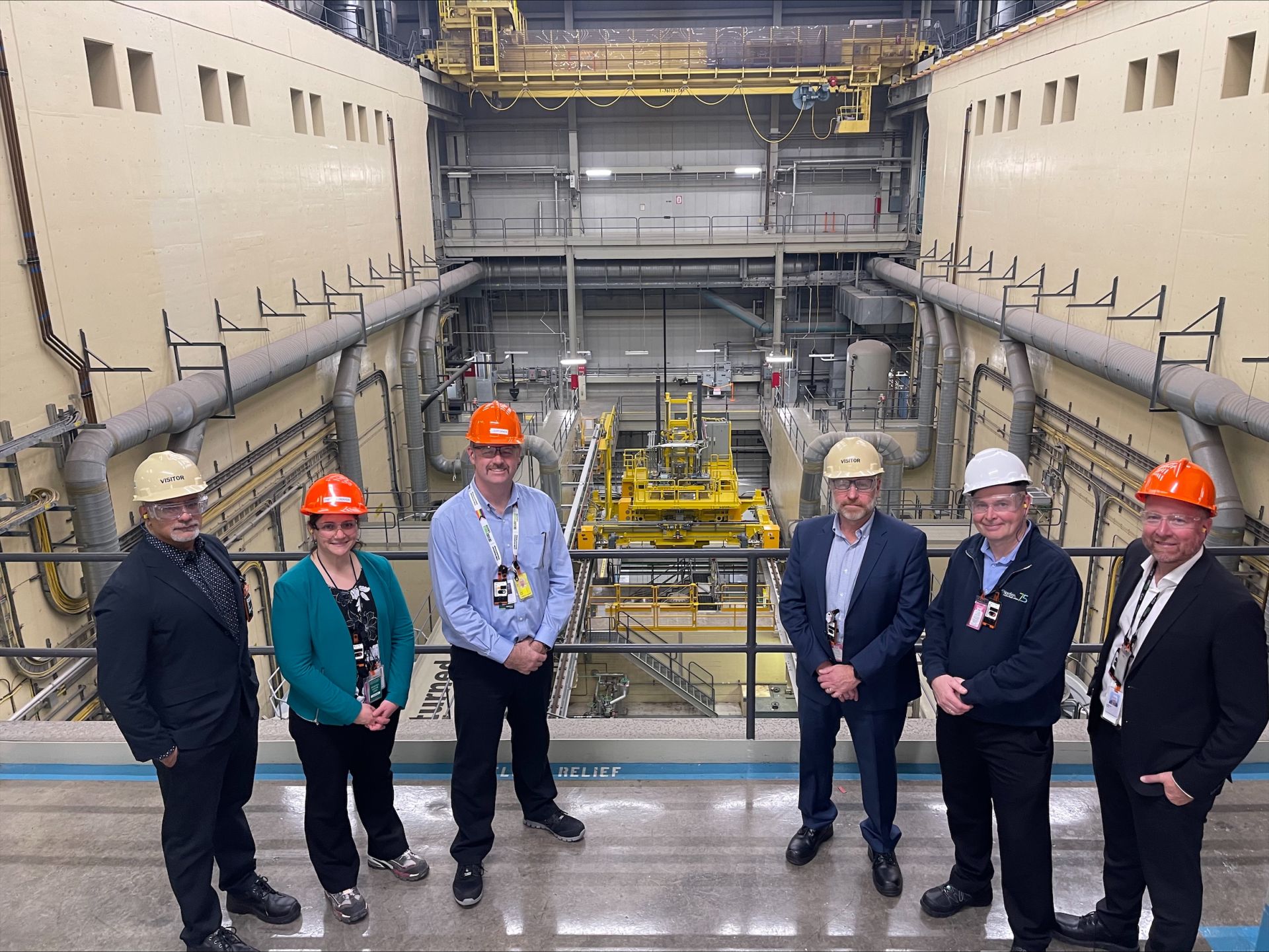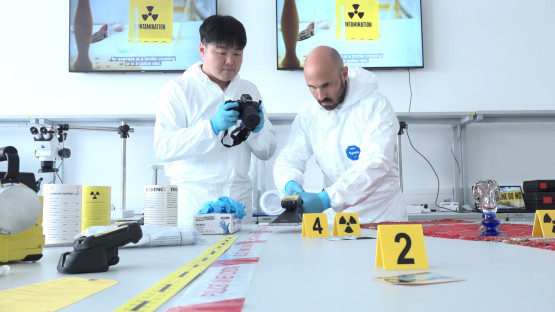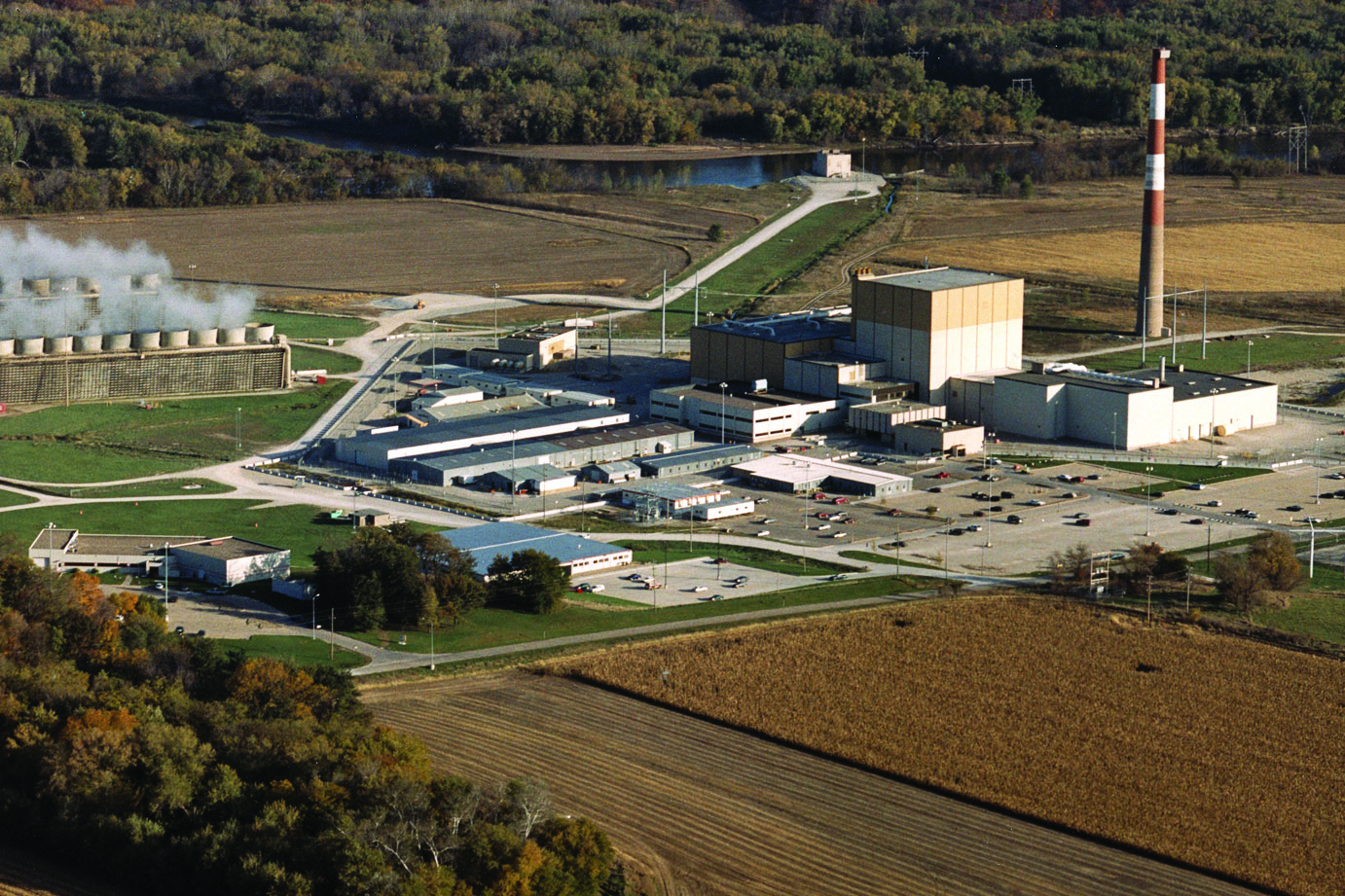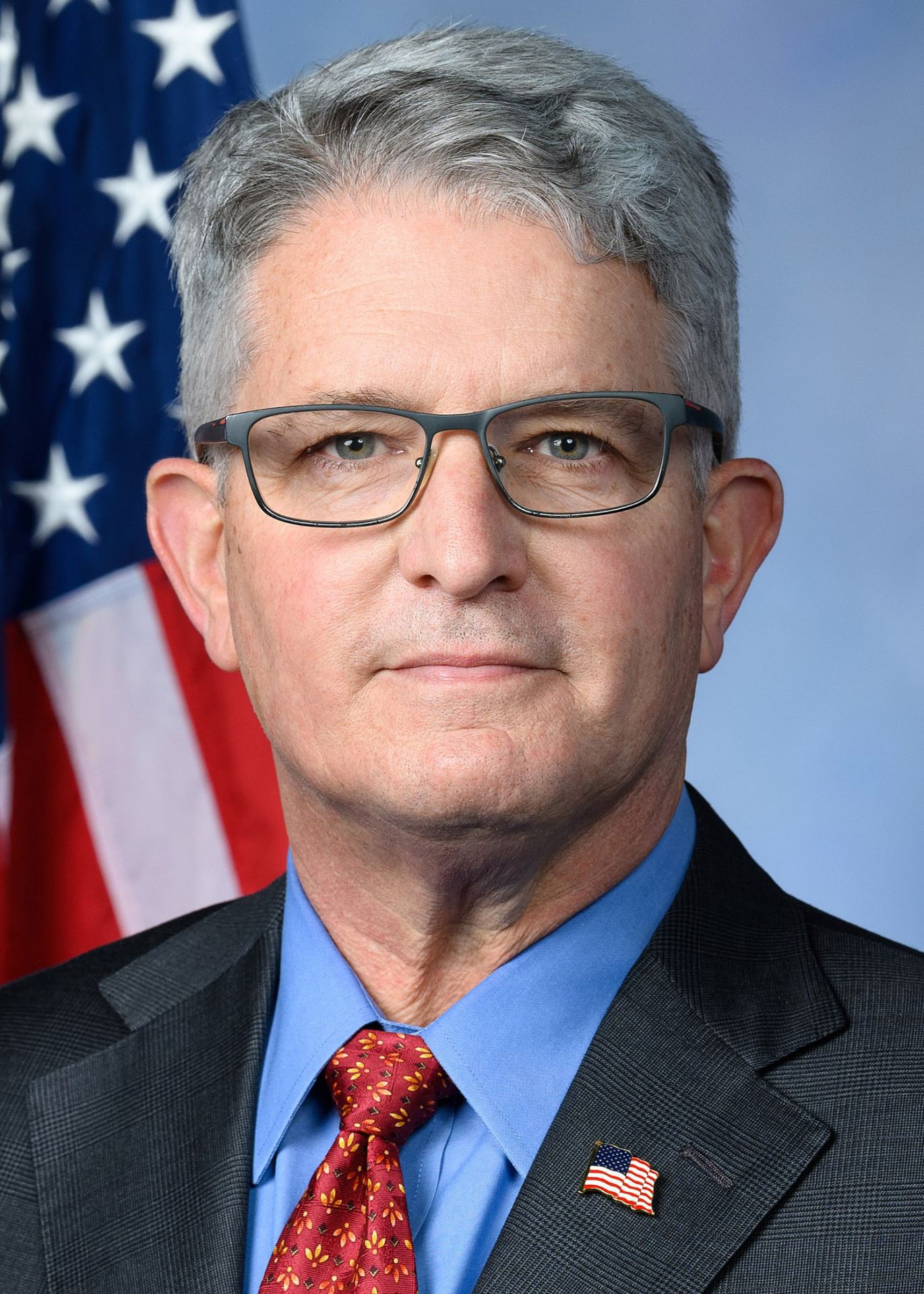Concept art showing a FNPP design. (Image: Glosten)
A team of innovative companies has plans to bring floating nuclear power plants to U.S. ports.
Core Power, a maritime and nuclear technology company, announced in January a new partnership in with naval architecture company Glosten. The pair is working on a design for a floating nuclear power plant (FNPP) that could generate up to 175 gigawatt-hours of clean electricity annually and provide clean power to ships, equipment, and port vehicles, Offshore Energy reported.
OPG and Nordion employees at Darlington’s recently refurbished Unit 1, which has been modified to produce cobalt-60 isotopes. (Photo: OPG)
Ontario Power Generation in Canada announced that Unit 1 of its Darlington nuclear power plant, which has returned to service from refurbishment, is now producing the medical isotope cobalt-60. During refurbishment activities, OPG made modifications to the unit to allow it to produce Co-60, which is used to sterilize 30 percent of the world’s single-use medical devices, such as syringes, gloves, and implants.
William D. Magwood IV, director general of the OCED NEA, holds the framework agreement for the Generation IV International Forum. Magwood is joined by others who attended the agreement’s signing ceremony. (Photo: OECD NEA)
One of two unfinished Westinghouse AP1000 reactors is shown in this photo of the Summer construction site. (Photo: SCE&G)
South Carolina public utility Santee Cooper and its partner South Carolina Electric & Gas (SCE&G) called a halt to the Summer-2 and -3 AP1000 construction project in July 2017, citing costly delays and the bankruptcy of Westinghouse. The well-chronicled legal fallout included indictments and settlements, and ultimately left Santee Cooper with the ownership of nonnuclear assets at the construction site in Jenkinsville, S.C.
Work will support Pickering life extension and Darlington SMRs
The Pickering nuclear power plant in Canada. (Photo: OPG)
Ontario Power Generation announced this week new contracts with BWXT Canada worth more than C$1 billion ($695.4 million) for projects at the Pickering and Darlington nuclear power plants.
Technicians work in the NSTDC, which is equipped with classrooms and demonstration capabilities, including a nuclear forensics demonstration laboratory containing microscopes, a glove box, and other relevant equipment. (Photo: F. Biquet/IAEA)
In the past year and a half, the International Atomic Energy Agency has established the Nuclear Security Training and Demonstration Center (NSTDC) to help countries strengthen their nuclear security regimes. The center, located at the IAEA’s Seibersdorf laboratories outside Vienna, Austria, has been operational since October 2023.
The Duane Arnold nuclear power plant, in Iowa. (Photo: NextEra Energy)
Iowa’s lone nuclear plant may soon see new life as NextEra Energy takes a step toward relicensing the Duane Arnold nuclear power plant.
The Palisades nuclear power plant. (Photo: Holtec)
A Nuclear Regulatory Commission review board will hear oral arguments on February 12 on petitions concerning Holtec Palisades LLC.
Thea Energy, one of three fusion companies that have met early milestones in the design of a fusion pilot plant has opened a new headquarters facility in Kearny, N.J. (Photo: Thea Energy)
The Department of Energy announced six Fusion Innovative Research Engine (FIRE) collaboratives set to receive funding of $107 million on January 16. The six selected teams represent a first round of awards from a funding opportunity announcement released in May 2023 as part of the DOE Office of Fusion Energy Sciences’ (FES) goal of creating a “fusion innovation ecosystem.”
The Feinstein Institutes’ Ping Wang (from left), Max Brenner, and Asha Jacob Varghese will lead a study on treating radiation sickness using the human hormone ghrelin. (Photo: Feinstein Institutes).
The Feinstein Institutes for Medical Research, home of the research institutes of New York’s Northwell Health, announced it has received a five-year, $2.9 million grant from the National Institutes of Health to investigate the potential of human ghrelin, a naturally occurring hormone, as a medical countermeasure against radiation-induced gastrointestinal syndrome (GI-ARS).














